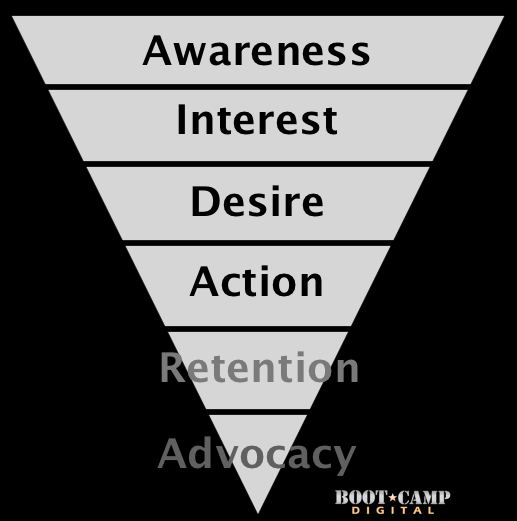70% of CEOs Have Lost Trust In Marketers: What is the Problem and What do We Do About It?
Bryan Eisenberg shared an article today from Marketing Week that claims that 70% of CEOs have lost trust in marketers.
The reasons?
- They can’t justify ROI
- They have “continuously failed” to prove marketing strategies and campaigns delivered business growth
- They live too much in the brand, creative and social media bubble
- 73% of CEO’s believe marketers lack credibility because they cannot prove the business impact of marketing
What they would like to see is more accountability for ROI, sales growth and profit. I have also heard that marketers have the shortest tenure of any C-level executives, and it seems that accountability and measurability are the chief concerns. As they should be.
The Problem Seems Clear
The “trust me, this stuff works” mentality of many traditional and social media marketers is eroding trust for the marketing profession. While we may not always be able to precisely calculate the exact impact or ROI of a marketing campaign, there should be clear logic and a financially justifiable reason for any undertaking.
Social media ROI is something that we talk a lot about, the the challenge of attributing ROI to marketing is a much larger problem.
Client: How do we calculate ROI for social media?
Me: Let’s use the same principles that you use to calculate the ROI for the rest of your marketing.
Client: What do you mean?
Me: Well, what is the ROI on your magazine ads or billboards, and how do you calculate it.
Client: We don’t.
Me: Interesting.
 The ROI problem isn’t a social media one. It is a larger problem.
The ROI problem isn’t a social media one. It is a larger problem.
The challenge for marketers is to justify and prove the return of all of their marketing. The issue is that marketing ROI is very difficult to measure. If we look at a traditional purchase funnel, we can measure action (when someone buys) but many of our marketing efforts focus on the top of the funnel (awareness and interest) which may be harder to tie back to ROI. Also, the very bottom of the funnel – loyalty and advocacy may also be hard to tie a number to.
The problem is that if we focus our marketing efforts only on the parts of the funnel that lead to a sale or action, we are missing the big picture of what has been scientifically proven to lead someone to purchase.
The top of the funnel is important, but it is also the hardest to measure.
What Can We Do?
I don’t know what the answer is (but would love to hear your thoughts in the comments).
My instincts would say:
- Educate ourselves more about the psychology of buying to better justify spending throughout the funnel
- Educate our executives with measuring social media training
- Create trackable campaigns
- Be strategic so that you can tie your activities back to strategic objectives
- Use multiple approaches to track ROI
Not everything that can be measured counts, and not everything that counts can be measured.
That doesn’t mean that all activities shouldn’t tie back to a marketing objective. I recently interviewed HubSpot and they have lead generation goals for every channel they participate in. While some social media sites don’t generate direct leads, they can justify strategically why they choose to participate anyways based on their objectives.

















